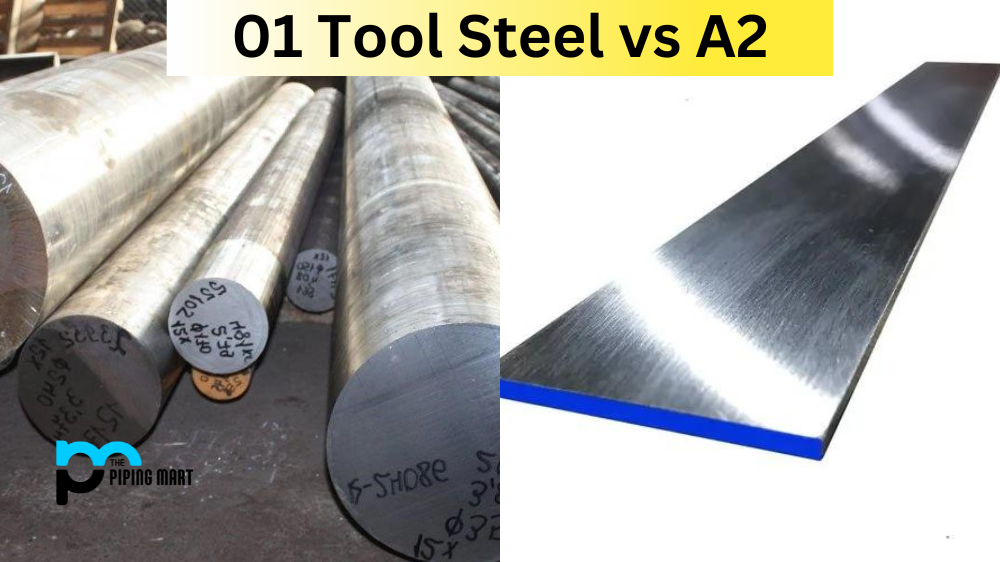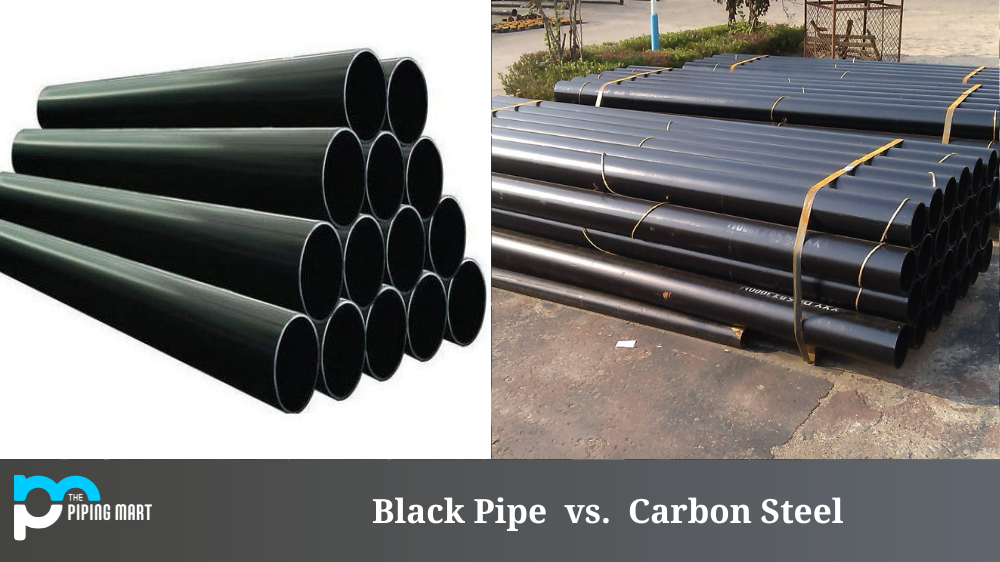The 420 stainless steel is a type of martensitic stainless steel with a high-carbon content. Because of this, one of the most common questions about the 420 stainless steel is whether it is magnetic. Let’s look at what makes this steel different from other types and why it can be magnetic.
Difference in 420 Stainless Steel
The difference between 420 stainless steel and other types of stainless steel lies in its carbon content and hardness. The material becomes harder and more brittle with an increased amount of carbon. This type of stainless steel is used when strength and wear resistance are primary considerations; however, it can still be machined like any other type of stainless steel.
Why It Can Be Magnetic
Although most types of stainless steel are non-magnetic, because the 420 stainless steel contains a higher percentage of carbon, it can be slightly magnetic. While this isn’t ideal for some applications that require non-magnetic properties, such as medical instruments or watches, it is well suited for knives, cutlery, and industrial applications, such as valves and pumps.
How to Reduce Magnetism
If you need to reduce magnetism in your 420 stainless steel parts or components, several options are available. One option is heat treatment through either annealing or normalizing processes; these processes help reduce the hardness of the material by heating it to specific temperatures for extended periods of time. Additionally, cold work processes such as cold rolling can also reduce magnetism by increasing strain hardening within the material.
Conclusion:
420 stainless steel is a type of martensitic stainless steel with a high carbon content that can make it slightly magnetic. Heat treating or cold working processes can help reduce magnetism if needed for certain applications such as medical instruments or watches. However, because this type of stainless steel offers good strength and wear resistance due to its higher carbon content, it is well suited for use in knives and cutlery as well as industrial valves and pumps where magnetism may be less critical.
Meet Heer, a dynamic and driven writer learning tricks of her trade in the metal industry. With a background in Digital Marketing, Heer brings a unique perspective to her writing, sharing valuable insights. Apart from blogging she like reading and hiking.




